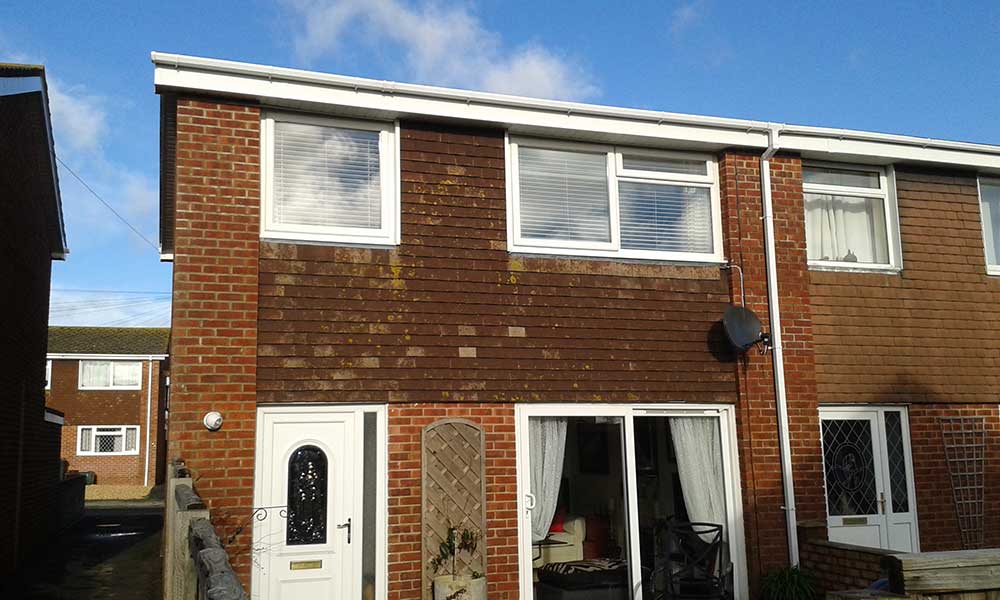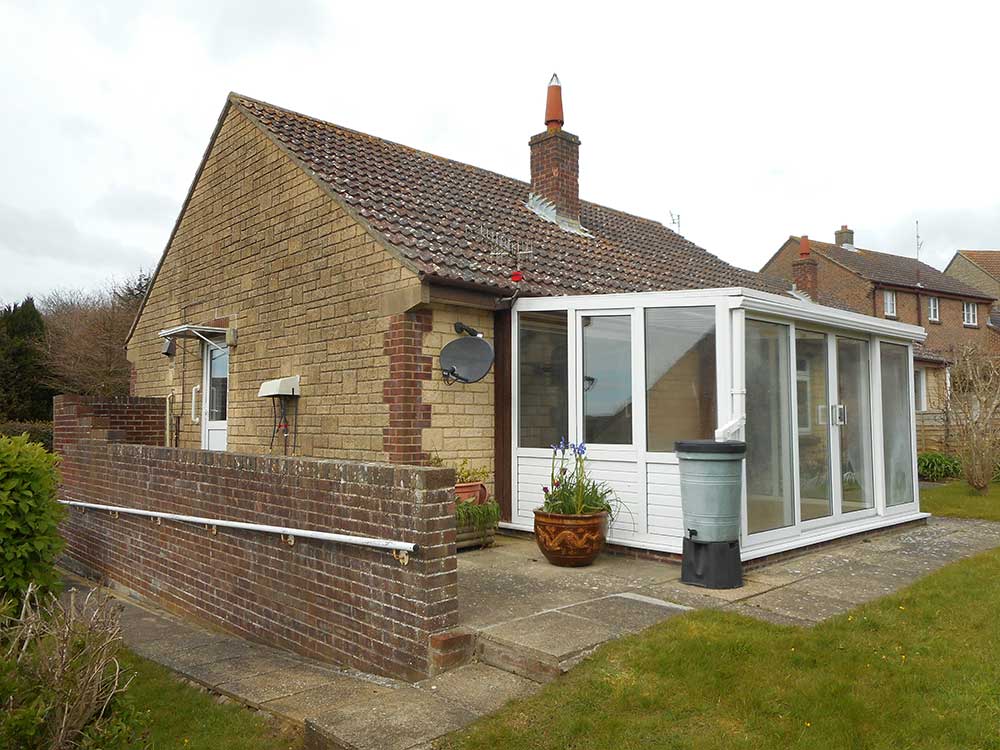The ISVA HomeSurvey Level 2 Report – This type of report is suitable for most conventionally built residential properties, constructed since around 1900. Properties that are unusual by virtue of their design or construction, or those that are particularly large, converted or extended and altered would require a more detailed report, such as a Building Survey Level 3. We will advise you further in this respect, during our preliminary discussion.
The information is provided in a simple and straightforward layout, which is easy to read and understand. The report is based on a visual inspection of as much of the interior and exterior of the building as is reasonably and safely accessible. The full description of the service is given in the Scope of Works document which we will provide.
The ISVA HomeSurvey Level 2 report is fully compliant with RICS Home Survey Standard (as required by 1st September 2021).
The HomeSurvey Level 2 report has been designed by the Independent Surveyors’ and Valuers Association to include:-
- Comments on the internal and external condition of the property, including an overview of the service installations,
- Comments on any major defects or other shortcomings likely to affect your decision to purchase the property,
- Comments on the overall condition of any permanent outbuildings and in relation to the site,
- Any particular points or issues that you should refer to your legal adviser.
The Scope of the Survey
The survey demands a sensitive and practical approach in order to limit intrusion to what is reasonable and to avoid causing damage for which the surveyor might become liable. Consequently, the surveyor will not move large or heavy items of furniture, or lift fitted floor coverings, will not take up floorboards and will not move/remove stored items from cupboards or roof voids. The surveyor will not make holes in walls or internal plaster and will not open up hatches that are fixed with screws, seized or sealed with paint. Within the scope of the ISVA HomeSurvey Level 2 no comments will be made in respect of any parts of the property that cannot reasonably be inspected or where inspection would put the surveyor at risk of personal injury. Any particular difficulties or restrictions in carrying out the survey will be referred-to in the report. Where the surveyor is unable to reach a conclusion with reasonable confidence, a recommendation for further investigation may be necessary.
When buying a brand new home, a Homesurvey style report is not designed for picking up all the outstanding unfinished works and shortcomings. Instead we advise many clients to choose a “Snagging List” style report. Additional services can be added to the report including a valuation, if required.
The snagging list will include advice on the general condition of the property and any major defects, or shortcomings, that might affect your decision to purchase. The report will not list minor defects, unless we consider these might be significant in aiding your decision whether to proceed, or if there is a reasonable cost implication in remedying the fault.
The Chartered Surveyor WILL:
Undertake a general, surface inspection of those parts of the property that are reasonably accessible.
In this context, reasonably accessible means visible and readily available for inspection from ground and upper floor levels, without endangering the safety of the surveyor and without damaging the property. Roof spaces of houses and bungalows and flat roofs will be inspected, if safe and ready access is possible, using a three-metre surveyor’s ladder. In recent years, the lofts of many homes have been insulated using thick insulation material. Usually, it is not safe to walk on the ceiling joists when this material is in place without crawling boards and it may therefore restrict inspection of the roof space, as a result.
Inspect the exterior of the building from ground level;
both from within the boundaries of the property and from any immediately adjacent public areas, using binoculars and, where necessary, with the use of a three-metre ladder. The interior will be inspected within the limitations referred to elsewhere.
Check for damp using a moisture meter at various random locations within the property where it would be reasonable to anticipate or assume that dampness may be occurring.
Provide general comments on location but will not confirm sound insulation, if any, or noise of any sort, as sensitivity to noise is very subjective.
Attempt to open a sample of the windows and doors (assuming keys are available to any locks).
For example, this might include one on each elevation or one of each window or door type, where there is a variety.
Lift standard, lightweight drainage manhole covers, where these are readily accessible and where it is safe and possible to do so without the use of specialist lifting equipment and without causing damage or risking injury.
Covers fixed with screws or bolts will not be lifted.
Provide general comments on the visible parts of the gas, electrical, heating, water and drainage installations, including water storage tanks and boilers where it is reasonable and practicable to do so.
However, the surveyor will not operate or test the service installations, gas appliances, stoves, fireplaces, kitchen appliances, etc. and will not confirm whether they are serviceable or compliant with the relevant Regulations. If the surveyor identifies or suspects an obvious problem or defect, however, advice will be given as to what action should be taken.
Inspect paths, drives, fences, walls (including earth-retaining walls) etc., and permanent outbuildings such as garages.
Comments will be made in relation to any trees or plants that might adversely impact upon the property.
Summarise any defects or issues that pose a risk to the building, the grounds or that pose a safety or health hazard to people.
Make preliminary checks on publically available information relating to environmental issues.
If the surveyor suspects there to be an issue, further enquiries will be recommended. In all cases you are advised to obtain an environmental report via your legal adviser.
The Chartered Surveyor WILL NOT:
Open up or inspect parts of the building that are covered, unexposed or inaccessible.
The surveyor will not enter sub floor voids and will not remove or disturb insulating material within the roof void.
Lift carpets, floor coverings, floorboards or fixed subfloor hatches. The surveyor will not move furniture or the contents of cupboards or roof spaces.
Test the services within the building.
(including the electrical, gas, heating, water and drainage systems, kitchen appliances, broadband/internet or security systems, etc.).
Carry out excavations to expose foundations or open-up walls, wall cavities and expose cavity wall ties.
Examine temporary structures or leisure facilities such as sheds, greenhouses and swimming pools or other garden features.
Test fireplaces, fires, stoves or the internal parts of chimney flues or flue liners.
Make enquiries concerning contamination and other environmental issues.
If the surveyor suspects a problem, further enquiries will be recommended.
Carry out tests for radon or other naturally occurring gases.
Carry out an asbestos survey and will not be acting as an asbestos inspector within the meaning of The Control of Asbestos in the Workplace Regulations 2012, SI 2012 No. 632.
Advice on asbestos is beyond the scope of the ISVA Home Survey Level 2 but if the surveyor believes that Asbestos Containing Materials may be present in the property, this will be reported and advice given as to what action should be taken. In the case of flats, it will be assumed that there is a ‘Dutyholder’, as defined in the Regulations and that a Register of Asbestos and an effective Management Plan are in place, which do not require any immediate expenditure, and that the materials do not pose a significant risk to health. No enquiries of the Dutyholder will be made.


